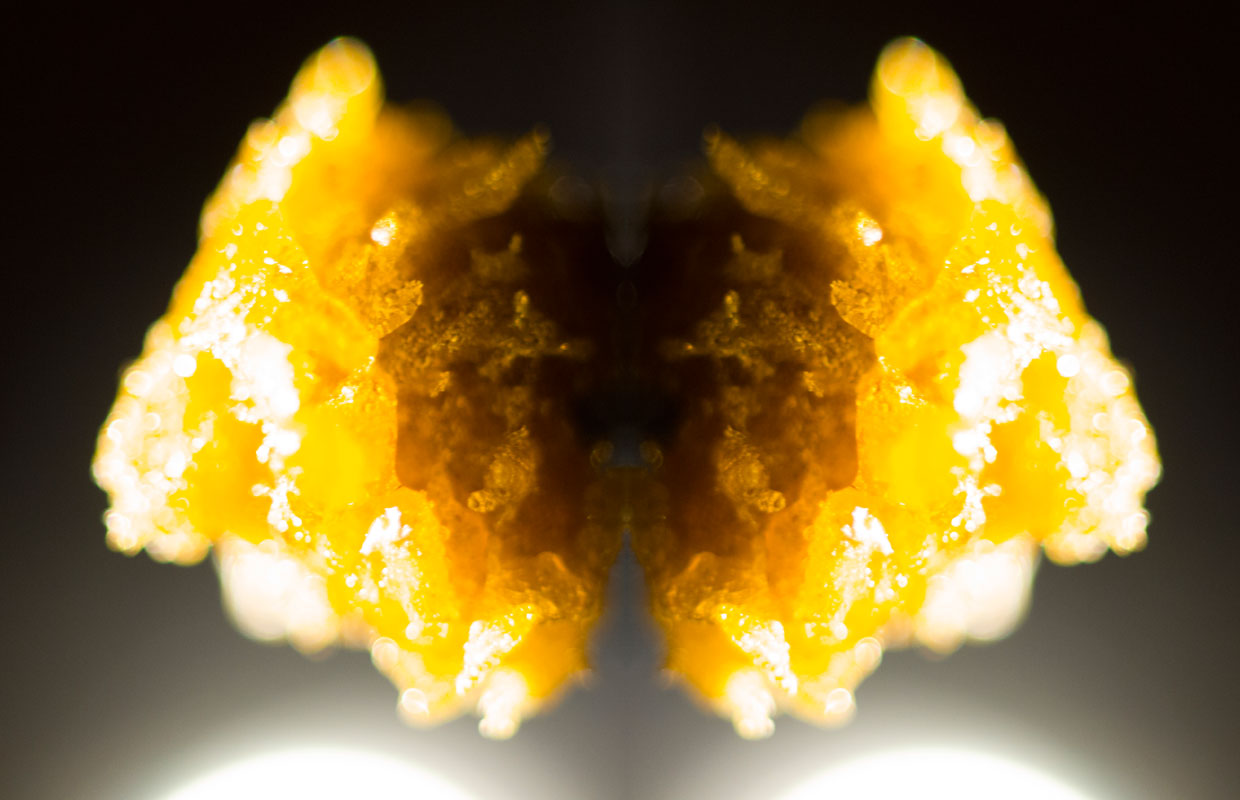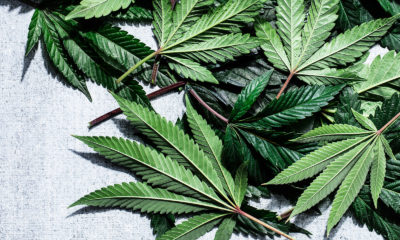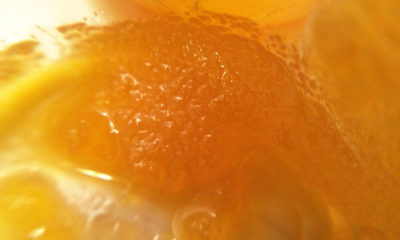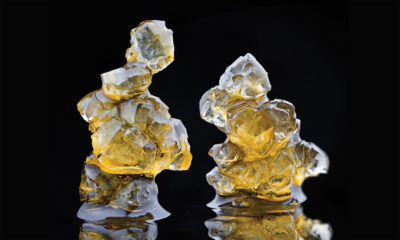Pot Pioneers: Concentrate Outlaws
Prop. 215 and other California laws provide an affirmative legal defense for every other link in the state’s lucrative concentrate supply chain, but extractors enjoy no such protections.
I’m nursing a pint of beer in a booth at a quiet cafeteria bar on the outskirts of Oakland. The man seated across from me is wearing a puffy, chrome colored jacket, but the rest of his appearance has a nondescript, strip mall quality that seems deliberate. My gut says the “look at me” metallic coat is a misdirection – something easily disposed of to throw off pursuers – like Dillinger shaving his mustache after a botched robbery or a gecko ejecting its tail to escape a ravenous roadrunner.
Tommy Ball, a late-30s man with ruddy, angular features and a lean, athletic build, is sitting on the other side of the booth with his own pint of beer, sizing me up suspiciously. His mild demeanor has the same cultivated feel as his unobtrusive, suburban appearance and there’s a current of hyper-vigilance churning just beneath the surface of his easygoing grin.
“You could be DEA,” he says, taking another gulp from his beer without breaking eye contact. “Anybody could be, that’s the thing.”
“You’re right,” I shrug, “I could be. I’m not though. Then again, I guess that’s what a DEA agent would say, isn’t it?”

The truth is, as a professional shatter fanatic and Prop. 215 patient, I don’t consider Tommy, co-founder of Icy Extracts, a criminal. As the brains behind the ludicrous clarity and stability of Ice’s “terpy gold” shatters, to my mind he has more in common with a man who cuts flawless diamonds than one who steals them. And if I wrote California’s drug laws, that would be enough. But as far as the state is concerned, dudes like Tommy are dangerous felons. So he has good reason to be cautious.
Prop. 215 and other California laws provide an affirmative legal defense for every other link in the state’s lucrative concentrate supply chain, but extractors – the actual manufacturers of concentrates – enjoy no such protections. They face criminal prosecution for charges that include felony narcotics manufacturing and attempted manslaughter. As a result, most extractors are cagey about their production. With so much at stake legally, the general strategy seems to be maintaining plausible deniability when it comes to the person responsible for the actual extraction.
But Tommy is surprisingly forthcoming about his process. He spends the better part of an hour explaining the chemical and physical process of closed loop extraction and shows me pictures and video of his lab in action. When I float the possibility of visiting his facility, he responds with a tone that seems almost apologetic.
“I’d like to do that, honestly, because I’m proud of what I’ve built and what it can do. I’m just hesitant, you know? This is why,” he turns his cell phone to show me a picture of his adult daughter. “That’s what’s at stake for me. That’s what I worry about.”
But his passion for the work of extraction is as irrepressible as his knowledge of it is bottomless. Once I get him talking about the finer points of his system and process, he relaxes almost completely, as if the looming weight of his suspicion has been lifted. Two beers in, he’s breaking down the process of molecular isolation and gesticulating animatedly at a small diagram on his phone with obvious glee.
Our meeting ends with him giving me three generous samples of Icy shatter with a firm handshake and a promise to consider letting me visit the lab.
Cannabis Culture Reboot
It’s more or less impossible to overstate the massive popularity of critically-extracted concentrates. Very little hard data is available, but most dispensary purchasers I speak with say wax and shatter represent roughly half of their net sales on any given day.
Carlos E. is a founding partner of Top Tier Extractions, a company that produces exceptional shatter out of Northern California. He took some time out of his busy schedule (most of these interviews happened at the peak of harvest time activity) to speak with me over the phone.
He says 15 years of working in the California cannabis industry have given him a front row seat to many ups and downs, but he’s never seen anything like the spike of interest and intensity created by the emergence of the dab scene, which he feels represents a rebirth of California cannabis.
“Honestly, for a minute there it sort of felt like the culture was dying out a little bit. I mean, this is Northern California – there’s always going to be a cannabis market, but it felt like the steam had gone out of it,” he said. “Now you’ve got people excited again. Dabs have sort of made everything new. It’s had a huge impact on every part of the industry – people are paying thousands of dollars for glassware again.”
As a cannabis reporter, I’ve seen firsthand the way dabs and dab culture now dominate all aspects of the industry. Everything connected to 710 culture is booming, from “sesh” events that boast free dabs and discount sales to stickers and apparel celebrating the world of “errl.”
It’s easy for me to understand why so many people are embracing these products. When performed properly, critical extraction produces some of the most potent and flavorful cannabis products available. The myriad of medical and recreational applications for not only isolated cannabinoids but the fragrance and flavor producing terpenes that accompany them, are only beginning to be understood.
And while more research undoubtedly needs to be done, there’s a growing avalanche of anecdotal evidence pointing to neoconcentrates as the future of cannapharmacology. Particularly now that some extractors are embracing molecular isolation, a process that singles out particular cannabinoids or terpenes for extraction.
But the fog of prohibition obscures crucial information from would–be extractors. Carlos says Top Tier keeps most of its technical info under wraps.
“There’s a kind of cultural element to it. The old hash makers and the old guys up in Humboldt, they wouldn’t really talk about this stuff with other people, they kept the knowledge to themselves,” he said. “For now, that’s the mode we’re in, us and most people in the industry, but that will start to open up as the laws catch up to the market.”
But for these pot pioneers, braving the perils of prohibition is only part of the struggle. They also have to contend with a market that doesn’t feel the same legal pressures they face. As a result, dispensary purchasers aren’t always eager to fairly compensate extractors for the additional risk inherent to extraction.
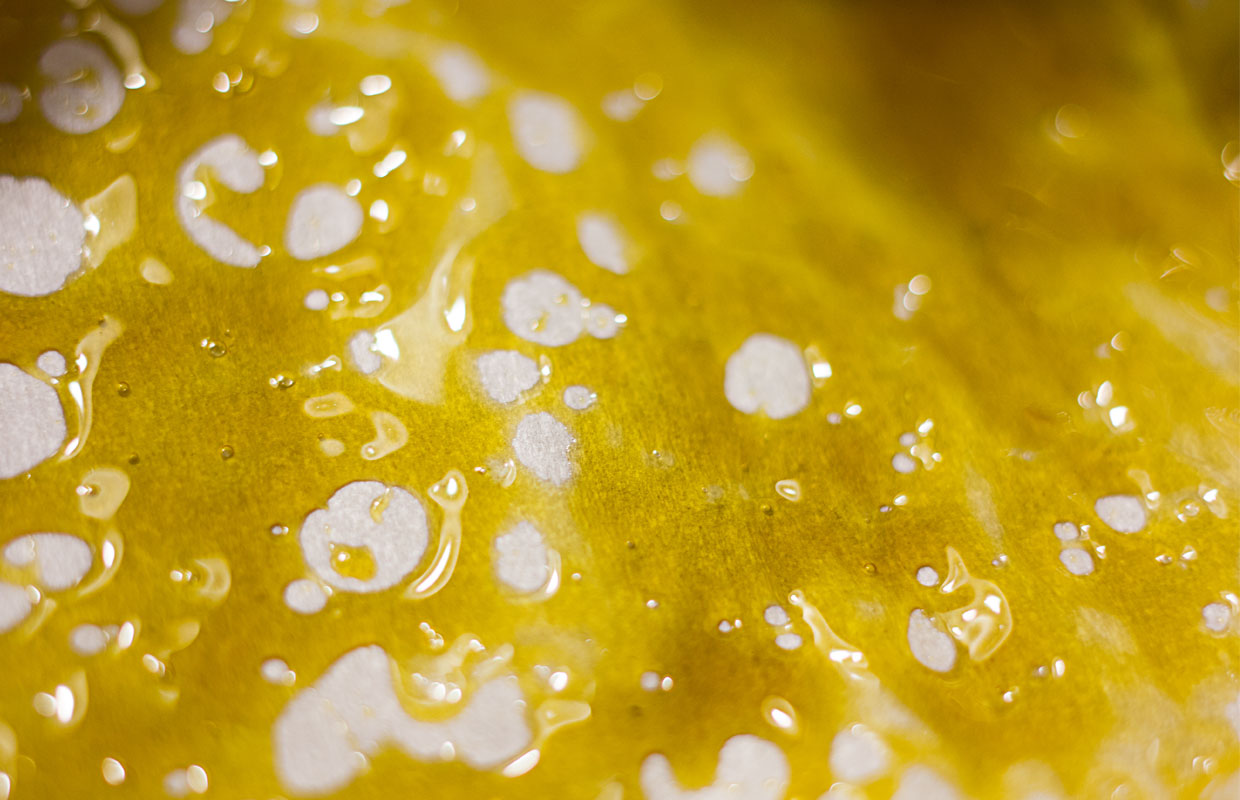
Market Forces Abound
I’m sitting in the passenger seat of a battered but sturdy, early-model pickup truck near the edge of Lake Merritt in Oakland. My notetaking is interrupted at intervals by my source passing me a thick, hash-padded blunt, which at nine in the morning serves as the first burn of the day for both of us.
“I’ve had dispensaries buying over an ounce try to pay me $5 a gram, which is basically giving it away,” said extractor and hash maker Evan X., founder and operator of High Noon Extracts. “That kind of thing pisses me off. We’re taking real risks to make this stuff and then somebody like that tries to pay you wholesale prices. It’s not every dispensary, some of them are great, but you do deal with that stuff.”
Evan’s been making hash for more than a decade. He’s a welder by trade, but he says residual impacts from a severe injury to his hand makes the heat of a welding torch nearly unbearable for long periods of time. He had just moved to California from Georgia when he hurt his hand, so he fell back on his skills as a cultivator, hash maker and extractor to pay the bills.
“I’ve always been a grower, always been a hash maker. Purchasers at the dispensaries I was supplying kept telling me that I had something special and that I should brand it, so I got some packaging and High Noon was born,” he said.
Like every extractor I spoke with, Evan says the main challenge of being an extractor (apart from the legal pitfalls) is sourcing starting material of consistent quality.
That sentiment was echoed by Carlos. He’s grown cannabis for over 15 years and still provides much of the source material for Top Tier products. But he simply can’t keep up with his own demand.
“The truth is you can only do so much on your own,” he said. “We try to handle as much of the source material as possible.”

The Dawn of Regulation
Another market force, which has been largely felt by its absence in the concentrate industry until very recently, is regulation. With the implementation of AB266 and its companion bills, which create a licensing and regulatory framework for the entire cannabis industry, there is still much uncertainty about what these new laws will mean practically for extractors.
But even in its nascence, regulation is starting to pull back the veil on the world of critical extraction. Carlos, from Top Tier Concentrates, cited it as one of the factors that convinced him to call me for an interview. He’s confident that pending changes in California law will ultimately benefit people like him.
“A lot of people are talking about how under these new laws there won’t be any BHO in California – I just don’t believe that. There’s a demand for it, and I think the people who are serious about the work will get the licenses,” he said.
Evan said he would embrace a licensing scheme that requires testing of license applicants to assess their basic knowledge and confirm their ability to produce safe products.
“If it’s going to be like a restaurant license, where you just pay for it, I don’t feel like that does anything,” he said. “I mean, to become a hair dresser in California you have to take a state board licensing test to prove you’re competent. If you have to take a test just to do somebody’s hair – extractors make something that goes into your body. It’s not a game.”
Top Tier handles its potency and safety tests through multiple labs to ensure consistency, and Carlos says patients should be wary of any extractor who doesn’t make that information readily available.
“If they aren’t seeing a batch number attached to a test from a reputable lab, they need to think about why that is,” he said. “Lots of clubs say that they test their extracts, but then you see them on the menu with ‘test pending’ written next to it. So you don’t know if it’s safe medicine yet, but patients can still buy it in the meantime?”
Carlos said that all Top Tier products test well under the 400 parts per million thresholds set by Berkeley, the only city in California to regulate residual solvent levels so far. Icy and High Noon both indicated that they voluntarily adhere to a 400 ppm cap on residuals.
“But you can’t get to zero ppm using butane or even propane. You can get real close, but not zero, which is why we’re in the process of switching over to CO2,” Carlos said, adding that while many people currently associate CO2 shatters with darker color and reduced flavor, “people aren’t even going to notice the difference.”
Evan doesn’t run much BHO lately, partially because of an increased demand for his “full spectrum” hash, but also because of misconceptions about the production process. Particularly the difference between “open blasting” and closed-loop extraction. The negative public perceptions of “blasting,” which is largely associated with amateur extractors and the destruction associated with improper processing, have created a stigma among purchasers.
“I’ve definitely had a dispensary tell me they wouldn’t take anything that was open blasted no matter what. And honestly, the risk and the hassle make it less appealing to me than washing bubble,” he said. “But there’s no difference when it comes to the final product if you handle your purge correctly.”
He says despite all of the legal and market hurdles, he’s still passionate about making quality concentrates. But he isn’t completely thrilled with the direction the culture is going.
“High Noon was one of the first brands out here. High Noon and two others,” he said. “Nobody else was branding their hash yet.”
But now that the cannabis industry is in the grips of an all-out concentrate branding bonanza, he says he wishes there was more emphasis on medicine than marketing. He feels crucial issues facing the cannabis community – like sweeping away lingering pockets of prohibition and helping veterans access safe cannamedicine – are being drowned out by circus and spectacle.
“You’ve got people in this industry who are famous for a catchphrase or taking off their clothes on Instagram or whatever, but what have you actually done for this industry? What have you done for the patients? That’s what this is about,” he said. “But in a way I take some responsibility for that too. Because I helped create the industry that created those people.”
Originally published in issue 19 of Cannabis Now. LEARN MORE
Do you dab? What concentrates have you been enjoying lately?



